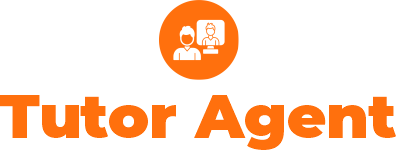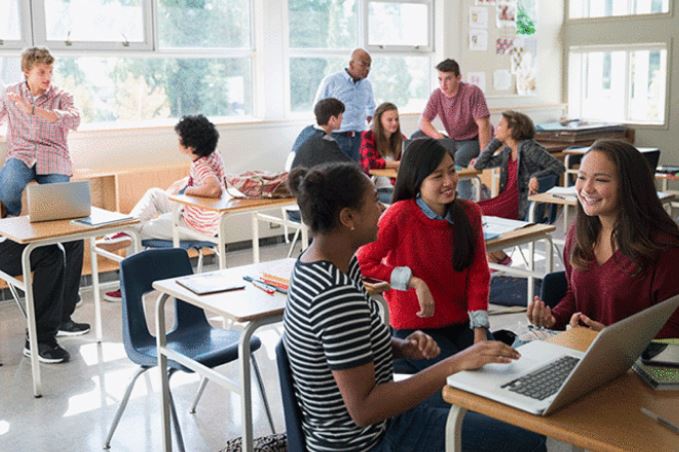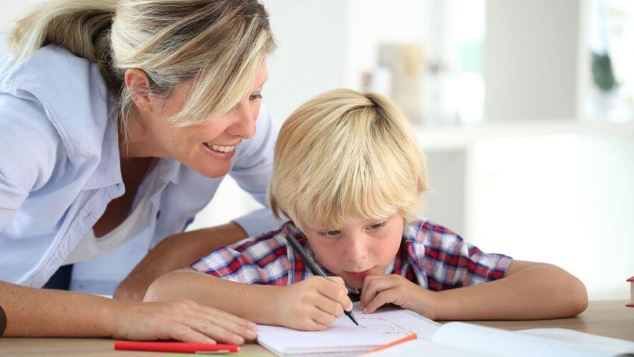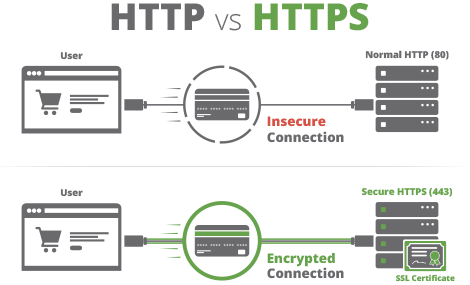Effective classroom management is a fundamental skill that teachers and tutors need to cultivate in order to create a positive and conducive learning environment. It involves implementing strategies and techniques that promote discipline, engagement, and productivity among students. In this post, we will explore some effective classroom management techniques that can be employed by teachers and tutors in schools to ensure a smooth and efficient learning experience.
- Establish Clear Expectations:
Setting clear and consistent expectations is vital for establishing a well-managed classroom. Clearly communicate your rules, procedures, and consequences to the students from the beginning. Make sure they understand what is expected of them in terms of behavior, participation, and academic performance. When expectations are clearly understood, students are more likely to follow them and exhibit responsible behavior.
- Create a Positive Learning Environment:
A positive learning environment helps foster engagement and collaboration among students. Create a space that is welcoming, organized, and visually stimulating. Encourage positive interactions by promoting respect and inclusivity. Recognize and appreciate students’ efforts and achievements to boost their self-confidence and motivation. When students feel safe and valued, they are more likely to actively participate in the learning process.
- Use Effective Classroom Routines and Procedures:
Establishing routines and procedures helps maintain an organized and efficient classroom. Teach students the proper way to enter and exit the classroom, how to transition between activities, and how to access materials. Consistency is key to reinforcing these routines. Clear and concise instructions ensure that students understand what is expected of them at all times, reducing confusion and behavioral issues.
- Implement Active Learning Strategies:
Engaging students in active learning strategies keeps them involved and interested in the lesson. Incorporate hands-on activities, group work, discussions, and technology to make the learning experience interactive and dynamic. By actively participating in their learning, students are less likely to become disengaged or disruptive.
- Use Positive Reinforcement:
Positive reinforcement is a powerful tool for promoting desired behavior in the classroom. Celebrate and recognize students’ achievements, both big and small. Praise their efforts, creativity, and problem-solving skills. Provide constructive feedback and encourage peer recognition. Reward systems, such as incentives or tokens, can also motivate students to actively participate and follow classroom rules.
- Implement Behavior Management Strategies:
Addressing challenging behaviors is an integral part of classroom management. Instead of resorting to punishment, focus on proactive strategies that address the root causes of misbehavior. Use positive reinforcement to redirect students’ attention and encourage appropriate behavior. Implementing strategies such as providing choices, utilizing non-verbal cues, or employing effective questioning techniques can help prevent and manage disruptive behavior.
Conclusion:
Effective classroom management is the cornerstone of a successful learning environment. By establishing clear expectations, creating a positive learning environment, implementing effective routines and procedures, utilizing active learning strategies, employing positive reinforcement, and implementing behavior management strategies, teachers and tutors can establish a well-managed classroom that promotes student engagement and academic success. Remember, a well-managed classroom sets the stage for meaningful learning experiences and helps students thrive.




